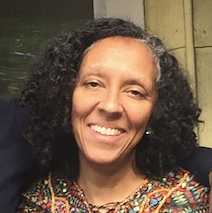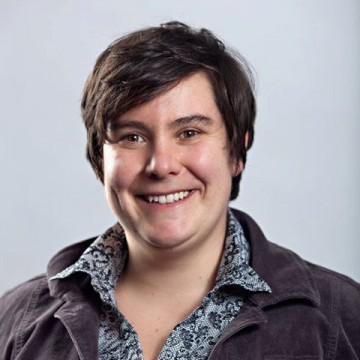May 5, 2015
We’ve heard this call and response chant echo down boulevards from St Louis to Baltimore as the #BlackLivesMatter movement takes to the streets. This is what democracy looks like, when the people most affected by a situation organize for change. They call out to us from the streets to remind us that democracy is not about the mechanics for voting for representation.
We don’t all have to march in the streets to use our power and privilege to push for a more just society. I received a copy of a wonderful letter last night. A friend who lives in Baltimore was deeply disturbed by a video that appears to show a Baltimore city police officer violently assaulting a man from behind, even though his hands are raised in surrender. Read More
August 12, 2014
In my early days many of my friends called me too serious because of comments I would make about the racism and sexism in a Disney film or the rampant misogyny and conspicuous consumption in popular music. My kids still think so. But having come to see systems of oppression, it’s hard for me to “un-see” them when I turn to entertainment. Spoken word poet Madiha Bhatti puts out a powerful message. Much better to listen to the whole thing, but check out the refrain to whet your appetite!
Read More
June 30, 2014
Dr. Martin Luther King, Jr. is what the Community Healing Network (CHN), chaired by the late Dr. Maya Angelou, calls a “psychological freedom fighter.” The clip of Dr. King posted here is a portion of his 1967 speech, “Where do we go from here,” which is well worth reading or listening to in full.
The CHN describes the straightforward and deeply challenging struggle of black people (and I think it’s fair to say all people of color in some way) for psychological freedom from racism. Read More
June 23, 2014
Check out the ways that love of her many identities frees up spoken word artist Jamila Lyiscott to be her full self. She reminds us that a full, loving embrace of yourself and your cultures enables others to see you more fully and embrace all of your cultures, while it makes space for others to do the same for themselves. That’s change making at a personal level that can radiate outward to the entire community. Read More
June 3, 2014
Monday at our staff meeting Maanav Thakore called attention to Yuri Kochiyama’s passing. This post is a compilation of articles and media that honor her life and legacy.
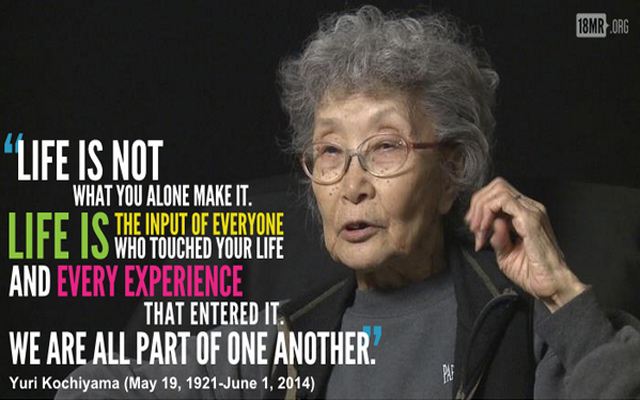 Read More
Read More
May 28, 2014
I am grateful to have been loved and to be loved now and to be able to love, because that liberates. Love liberates. It doesn’t just hold—that’s ego. Love liberates. It doesn’t bind. Love says, ‘I love you. I love you if you’re in China. I love you if you’re across town. I love you if you’re in Harlem. I love you. I would like to be near you. I’d like to have your arms around me. I’d like to hear your voice in my ear. But that’s not possible now, so I love you. Go.’
– Maya Angelou
Maya Angelou, the memoirist and poet whose landmark book of 1969, “I Know Why the Caged Bird Sings” — which describes in lyrical, unsparing prose her childhood in the Jim Crow South — was among the first autobiographies by a 20th-century black woman to reach a wide general readership, died on Wednesday in her home. She was 86 and lived in Winston-Salem, N.C.
Read More
April 15, 2014
At IISC we are orienting our selves towards the City. These are the places where most human beings will live. They are the theater of human struggle, and thus for liberation. And as Jen points out, they just might be the key to sustainability.
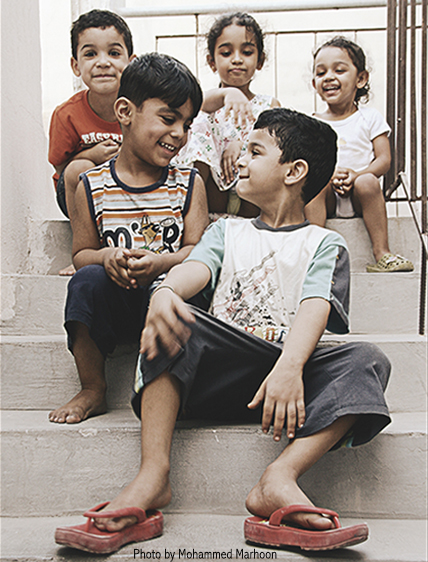
Inequality is tearing our society apart. Oligarchy’s global claw back has been relentless, and potentially self-destructive. We are governed by moneyed interests and the precariat have been abandoned.
Read More
April 11, 2014
The structural vs. transformational debate is alive and well. I’m glad that Curtis and Cynthia have been dipping back into it over the last few weeks. It is good to start at the end: the answer is a both/and, it’s not a good idea to get stuck in binaries.

The print pictured above captures it for me. It is Nelson Mandela’s drawing of the view from his cell at Robben Island, where he was imprisoned for 30 years.
Take that in for a second.
Thirty years in jail for daring to stand up for freedom.
The print’s beauty is undeniable.
How is this perspective possible?
There was something in Mandela’s mind, something in his soul, that could not be subjugated. Oppression doesn’t get more structural than four walls and a padlock. But they could not take away his freedom. This is the freedom that breaks chains. It is the freedom that inspires the world and liberates a whole people.
Nelson Mandela is the icon that destroys the binary. Structural and transformational integrate in his lifetime.
I agree with Curtis and Glanzberg that “The pattern most in need of shifting is not out there in the world, but in our minds.” And I agree with Cynthia that our mind changes when we become aware that others share in our condition and that our condition is the product of a very specific structure.
But there is something else happening here.
We have an interior condition. This interior condition is significantly affected by our thinking, but it is more than our thinking. This interior condition is significantly affected by our objective conditions, but it is more than our objective conditions. This interior condition is profoundly individual, but it is greater than the individual – our interior is “inter-subjective.” We have a collective interior.
Bringing our care and attention to what is inside. Nurturing, cultivating, developing, evolving what is inside. Connecting to one another there. Actively engaging a mutual awakening – that is the key to changing our thinking and to transforming our structures. It is the next step to liberation.
March 13, 2014
 At last week’s gathering of the Tillotson Fund Community Practitioners Network, Carole Martin and I facilitated a session on network/multi-stakeholder engagement techniques. This built upon some work we’ve been doing with the cohort around “positivity” practice, and the question of how, beyond individual practice, we can spread the increased capacity that positive emotions bring to groups, organizations, and networks. To this end we explored some of the methods from Art of Hosting, and also engaged in some of the practices of Liberating Structures. Our leading question was, What about the way in which we engage with one another can facilitate the best of what we have to offer to a shared endeavor? Read More
At last week’s gathering of the Tillotson Fund Community Practitioners Network, Carole Martin and I facilitated a session on network/multi-stakeholder engagement techniques. This built upon some work we’ve been doing with the cohort around “positivity” practice, and the question of how, beyond individual practice, we can spread the increased capacity that positive emotions bring to groups, organizations, and networks. To this end we explored some of the methods from Art of Hosting, and also engaged in some of the practices of Liberating Structures. Our leading question was, What about the way in which we engage with one another can facilitate the best of what we have to offer to a shared endeavor? Read More
March 4, 2014

I’m just getting back from a four-week sabbatical, a special gift from IISC after seven years of service. I grew in leaps and bounds. A lot of what been brewing inside of me for the last year or two started to come together in a powerful way. My time off was anchored by a week-long, life changing, couples’ retreat in Mexico.
Read More
December 6, 2013
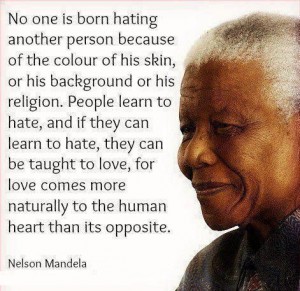
VIDEO LINK: South Africans speak to the Meaning of Mandela
We join the world in mourning the passing of Nelson Mandela; a giant of a man; the very embodiment of the intimate link between power, networks and love. His grace and humility was unrivaled, his insistence on reconciliation was an inspiration to millions. Read More
October 1, 2013

The following post has been reblogged from Seth’s Blog. He is a genius and we hope you enjoy it as much as we did!
“This plane is headed to Dallas. If Dallas isn’t your destination, this would be a great time to deplane.”
Read More
